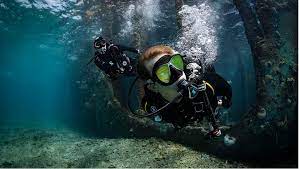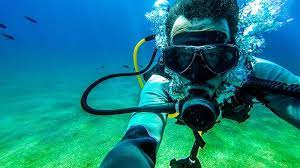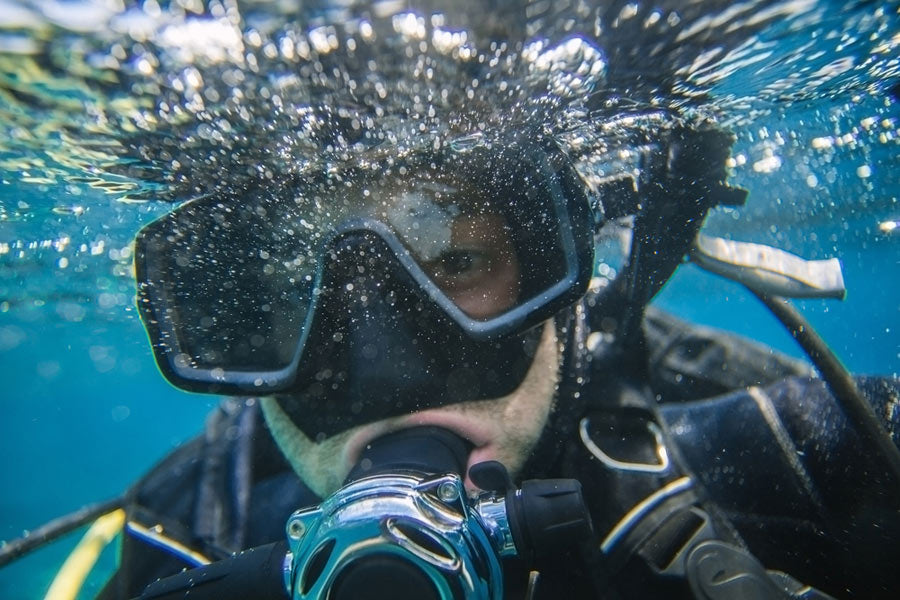
How to Securely Store Charged Tanks 5 Safety Tips
Here are 5 safety tips for securely storing charged tanks: Always store tanks upright to prevent leaks, keeping them in a well-ventilated area away from heat sources (above 125°F/52°C risks explosi...

How to Detect Mini Tank Leaks 7 Step Pressure Testing
To detect mini tank leaks, follow this 7-step pressure test: First, ensure the tank is clean and dry. Pressurize it to 1.5 times its working pressure (e.g., 15 psi for a 10 psi tank) and hold for 1...

Avoiding Free Flows: 5 Mini Tank Regulator Maintenance Steps
To prevent leaks and ensure optimal performance, follow these 5 mini tank regulator maintenance steps: 1) Inspect O-rings monthly for cracks (replace if damaged); 2) Clean diaphragm every 3 months ...

Can You Use Mini Scuba Tanks with Standard Regulators 5 Adapter Types
Mini scuba tanks can often be used with standard regulators, but compatibility depends on the adapter type—common ones include DIN, yoke (clamp), and compact threaded valves. Most mini tanks (1-3L)...

How Long Does a 1L Mini Scuba Tank Last 3 Depth Scenarios
A 1L mini scuba tank lasts 5–7 minutes at 10m (33ft) with moderate breathing, 3–5 minutes at 20m (66ft) due to increased pressure, and 1–2 minutes at 30m (98ft) as air consumption spikes. Deeper di...

How to Clean Snorkel Gear: 5 Step Saltwater Removal Routine
To properly clean snorkel gear after saltwater use, rinse each piece (mask, snorkel, fins) thoroughly with fresh water for 2-3 minutes, focusing on removing salt crystals from crevices. Soak gear i...